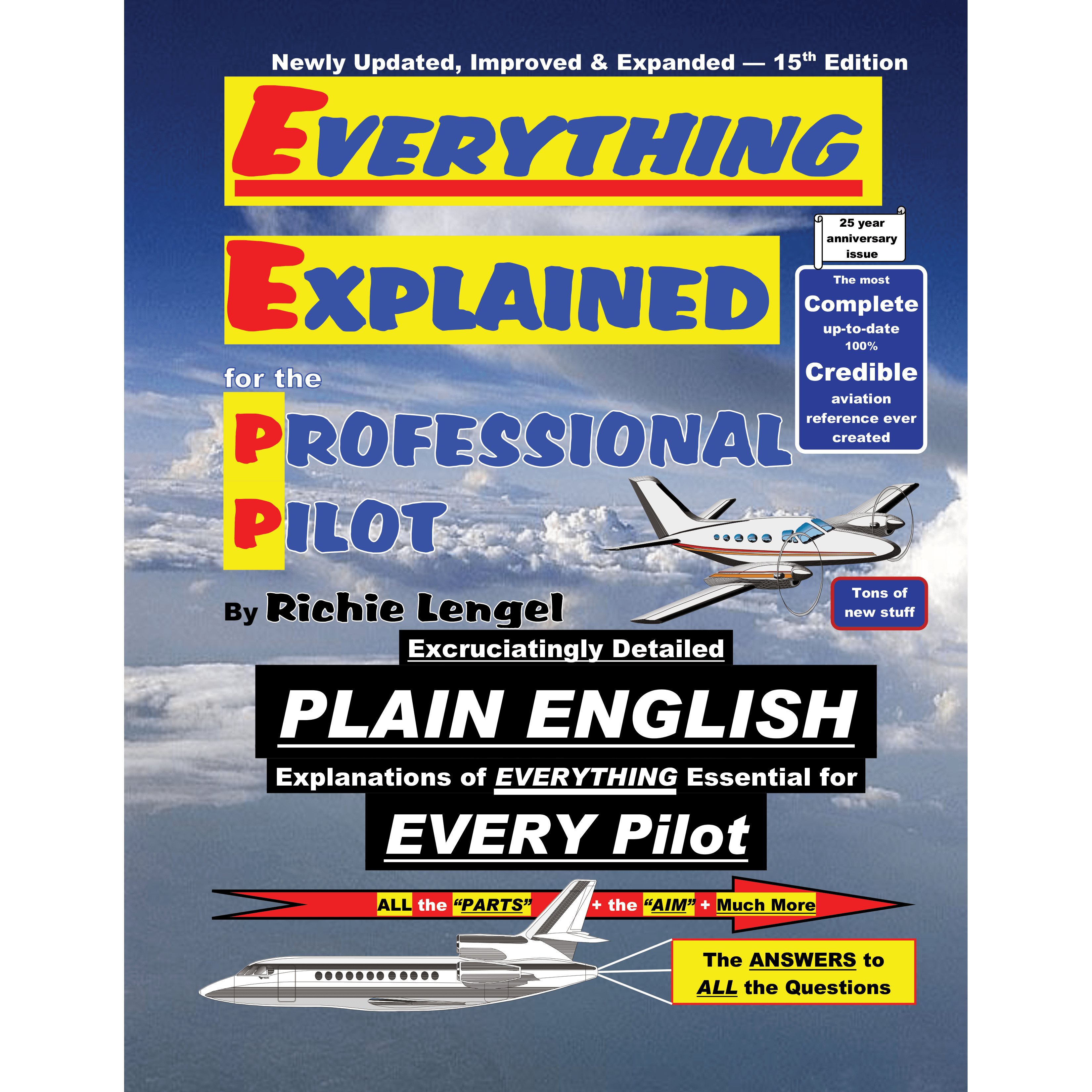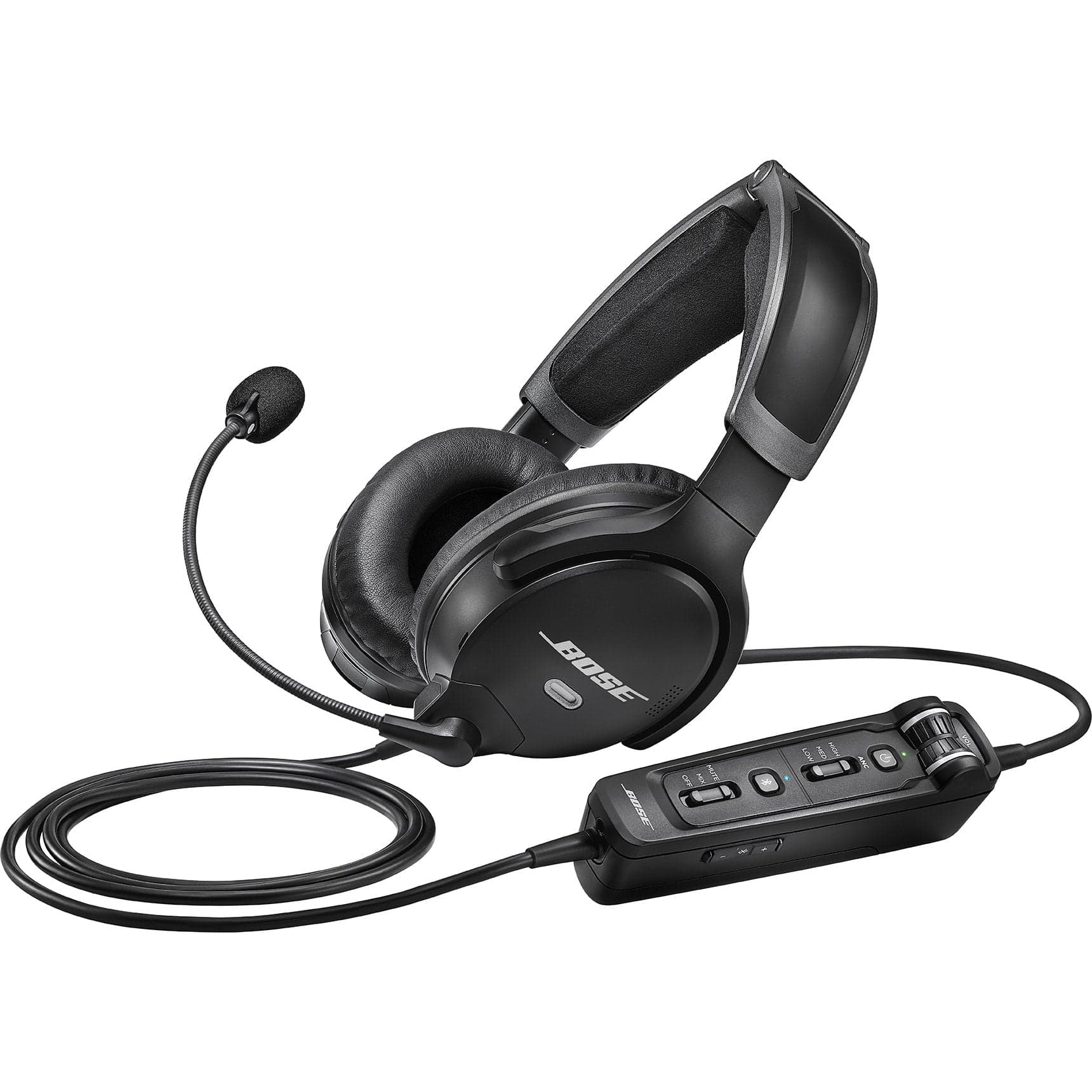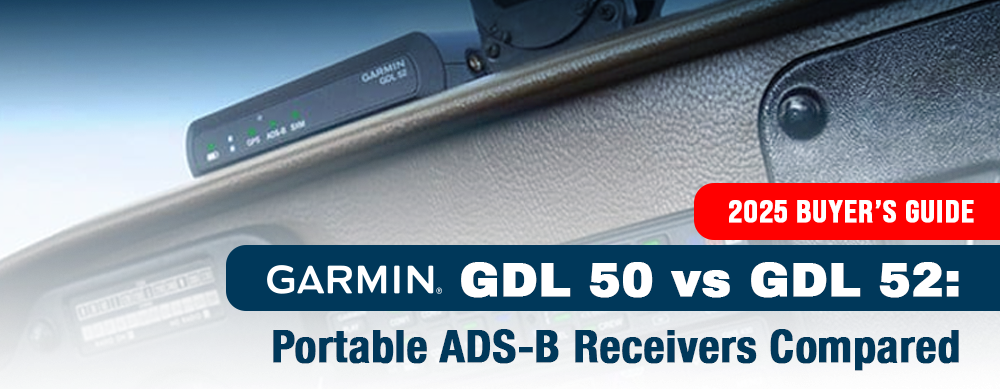If you are working on your commercial pilot certificate or IFR and haven't heard of TAA, it's important to learn more about it.
The evolution of general aviation has been shaped by continuous advancements in technology, this is especially true with the integration of more modern avionics.
Technically Advanced Aircraft (TAA) have transformed pilot training, commercial aviation requirements, and they just make the experience of flying better.
The Federal Aviation Administration (FAA) formally defined TAA to modernize training requirements, so that pilots would have an alternative to traditional complex aircraft training(which was costly and at time hard to get).
In this article we'll help you understand everything you need to know about a technically advanced airplane.
SUMMARY
-
TAA combines advanced avionics, including glass cockpit displays, GPS navigation, and autopilot systems, to improve pilot awareness.
-
These aircraft allow for more accessible commercial pilot training by replacing the need for complex aircraft in required training hours.
-
The FAA updated regulations in 2018, defining TAA and expanding the options for flight training and certification.
-
Training in TAA is designed to enhance pilots' risk management skills, automation proficiency, and avionics familiarity.

What is a Technically Advanced Aircraft?
A TAA is a general aviation airplane with an advanced avionics systems equipped that enhance a pilot's situational awareness and their flight efficiency.
The FAA explains under §61.129(j) what classifies an aircraft as TAA if it meets the following requirements:
-
An IFR-certified GPS navigation system with a moving map display.
-
A multi-function display (MFD) that provides real-time information on weather, terrain, and traffic.
-
An integrated two-axis autopilot capable of maintaining altitude and heading.
A TAA aircraft prepares you as a pilot with features that help you conduct more precise flights, especially in complex airspace and certain types of challenging weather conditions.

How Technically Advanced Airplanes Have Evolved in Flight Training
Let's take a look at the past. Historically, commercial pilot candidates had to complete at least 10 hours of flight training in a complex airplane—one equipped with retractable landing gear, flaps, and a controllable-pitch propeller. But due to the increasing presence of glass cockpit avionics (or an electronic primary flight display) in modern aircraft, the FAA ended up revising this rule in 2018.
Fast forward to 2025, commercial pilot applicants can fulfill this requirement using a complex airplane, a turbine-powered airplane, or a TAA. This needed update has made flight training more accessible by reducing costs and increasing the availability of suitable training aircraft.
By training in a TAA, you will gain experience with modern navigation systems, automated flight controls, and digital flight displays—these are all skills that are directly transferable to more advanced commercial and airline operations. This can make the transition easier than have a majority of your flight time spent in analog aircraft.

Advantages of Training in a TAA
Training in a TAA offers several advantages for pilots of all kinds of different experience levels:
-
Enhanced Situational Awareness – The combination of PFD (Primary Flight Display) and MFD provides real-time data on aircraft performance, terrain, and traffic. It also has GPS navigation with the aircraft position displayed.
-
Automation Proficiency – Training with an autopilot system helps to familiarize pilots with automation management, this is a valued skill in commercial aviation.
-
More Accessible Training – TAA makes it where there is an affordable alternative to complex aircraft. This helps reduce the cost of getting pilot certifications.
-
Improved Risk Management – Modern avionics assist pilots in identifying and mitigating risks more effectively than traditional analog instruments.
-
Easier Transition to Commercial Aircraft – Learning on advanced avionics simplifies the transition to airline and business aviation, where glass cockpits are the standard.

Examples of TAA's
Many modern training aircraft meet the FAA’s definition of a TAA. Here are some of the most common models:
Diamond DA40 Diamond Star
-
Garmin G1000 MFD with moving map
-
IFR-certified GPS navigation system
-
Bendix King two-axis autopilot
Cessna 172S Nav III (G1000)
-
Garmin G1000 PFD and MFD
-
Moving map with terrain, weather, and traffic displays
-
Integrated autopilot with heading and altitude hold
Cirrus SR22
-
Garmin Perspective avionics suite
-
Synthetic vision technology (SVT) for enhanced situational awareness
-
Integrated two-axis autopilot with envelope protection
-
Airframe parachute system (CAPS) for added safety
Piper Archer DX
-
Garmin G1000 NXi avionics suite
-
Digital autopilot with advanced flight control features
-
Moving map GPS navigation with real-time weather and traffic updates
-
Fuel-efficient diesel engine for reduced operating costs
All of these aircraft can provide an excellent platform for student and commercial pilots transitioning into modern aviation technology.
TAA vs. Traditional Complex Aircraft
Before the FAA's rule change, complex aircraft were the primary requirement for commercial pilot training. Now, an option several pilots consider is combing TAA flight time with simulated instrument training to aim for IFR and commercial requirements at the same time. Comparing the two helps to show why TAA have become a preferred alternative.
|
Feature |
Complex Aircraft |
TAA |
|---|---|---|
|
Avionics |
Analog six-pack gauges |
Glass cockpit with PFD and MFD |
|
Navigation |
VOR/DME, minimal automation |
GPS-based navigation, moving map |
|
Autopilot |
Sometimes available |
Integrated two-axis autopilot |
|
Cost of Training |
Higher (maintenance, fuel) |
Lower (more fuel-efficient, no retractable gear) |
|
Availability |
Limited |
Increasingly common |
For most modern pilots, TAA gives a greater relevance to their future career paths, as airlines and corporate operators now rely almost exclusively on glass cockpit technology.

Frequently Asked Questions
-
What does the FAA require for an aircraft to be considered TAA?
The FAA mandates that a TAA must include a moving map GPS, an MFD, and an autopilot system with at least two axes.
-
Can a pilot complete all commercial training in a TAA?
Yes, pilots seeking a commercial single-engine airplane certificate can complete their required 10 hours in a TAA, a complex airplane, or a turbine-powered airplane.
-
Is training in a TAA more beneficial than training in a complex aircraft?
For modern pilots, TAA training offers a closer experience to airline and corporate aviation, making it a preferred choice for those planning careers in commercial flying.
-
Are TAA only used for training purposes?
No, TAA are widely used in general aviation, business aviation, and even some charter operations due to their advanced navigation and automation capabilities.
-
Do TAA require additional endorsements to operate?
Unlike complex aircraft, TAA do not require a specific endorsement; however, pilots should receive adequate training to ensure proficiency with advanced avionics.
Takeaway
TAAs are reshaping aviation training and general aviation by integrating modern avionics into affordable and accessible training platforms.
The FAA’s redefinition of TAA in 2018 has made it easier for aspiring commercial pilots to meet training requirements while gaining experience with modern cockpit technology.
With aircraft like the Diamond DA40 and Cessna 172S G1000, you can build up skills in automation, GPS navigation, and flight management systems, preparing yourself for the future of aviation.
Interested in Learning About Commercial Pilot Training?
Our guides are designed to help!
-
6 Commercial Pilot Privileges and Limitations (You Must Know)
-
Part 91 vs 135 vs 121: What Are The Differences? (Complete Guide)
-
1500 Hour FAA Pilot Rule in Aviation (& How Long it Takes to Get)
Did you find this article helpful?
Do you think we missed an important interview question? Let us know in the comments below!







